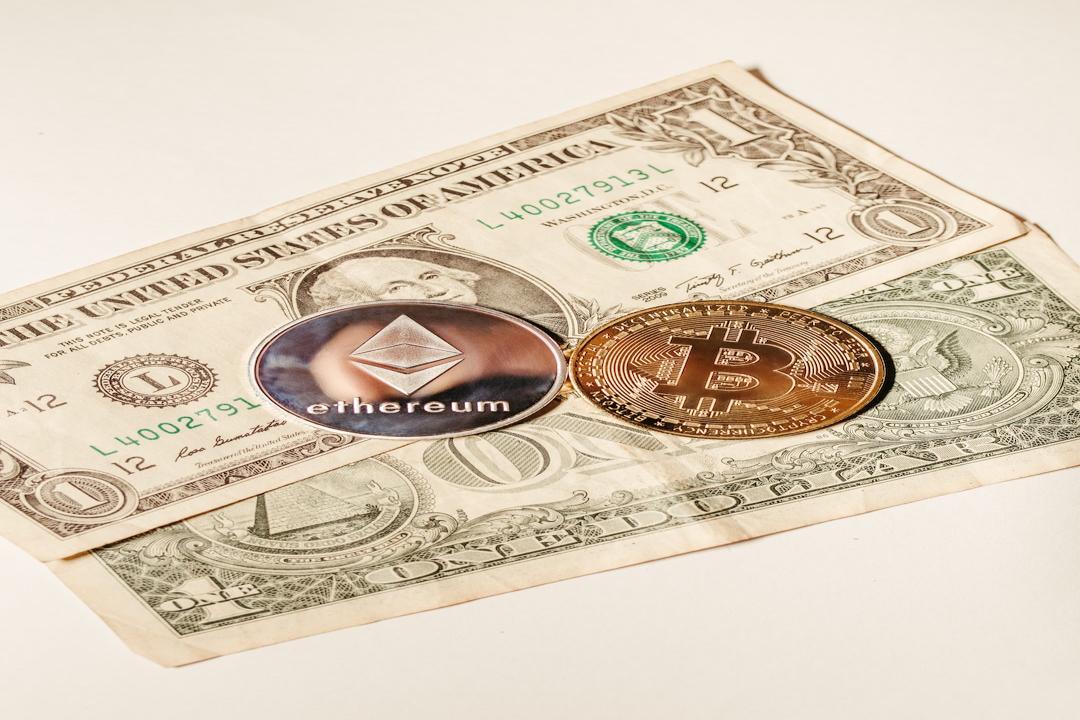This year is a “leap year,” and tomorrow will be February 29th, which occurs every four years. Do you know why Bitcoin halving also happens every four years?
(Introduction: Bitcoin Surges! The amount of coins held by exchanges drops to a 5-year low)
(Background: Gray Scale Report: Countdown to Bitcoin Halving in 2024, what’s different this time?)
Table of Contents:
Why does Bitcoin halving happen every four years?
How long until the fourth Bitcoin halving?
Review of past halving market trends
VanEck Analyst: Bitcoin will reach new highs by the end of this year
This year is a leap year that occurs every four years. In other words, February in 2024 will have an extra day. Why is that? It’s because it takes approximately 365.24 days for the Earth to orbit the Sun (one solar year), but our calendar year only has 365 days. To compensate for this difference, it was decided to add an extra day every four years, which is February 29th, so that the calendar year can remain synchronized with the solar year.
Now that we understand how the calendar is calculated, have you ever wondered why “Bitcoin halving” also happens every four years? We know that by halving the Bitcoin mining rewards (the mining reward will decrease to zero by 2140), the new supply of Bitcoin can be controlled, helping BTC become a scarce and valuable asset. So why does it happen every four years? It’s because of Satoshi Nakamoto’s design. Every 210,000 blocks (approximately 10 minutes per block on average), a halving occurs. Therefore, the next Bitcoin halving is expected to happen in April 2024 when the block height reaches 840,000.
According to the latest data from Bitcoin Block Half, as of the time of writing, there are approximately 53 days left until the Bitcoin halving. At that time, the Bitcoin reward per block will decrease from the current 6.25 coins to 3.125 coins.
So far, there have been three halvings, which occurred in 2012, 2016, and 2020.
Bitcoin halving can become a background narrative for a bull market due to the increase in scarcity, which is believed by the market to help boost the price. However, according to statistics, the previous halvings did not immediately trigger a surge in Bitcoin price. It took several months to a year and a half to ferment:
First halving: In 2012, the price surged by 8,450% approximately 12 months later (November 2013).
Second halving: In 2016, the price surged by 290% approximately 17 months later (December 2017).
Third halving: In 2019, the price surged by 560% approximately 18 months later (November 2021).
Have all the Bitcoin price surges been related to halving? Coinbase analyst David Duong, who previously wrote a report, summarized the background of the past three halvings, pointing out that the Bitcoin halvings coincided with some important historical monetary and fiscal policies:
In 2012, the Federal Reserve began its third round of quantitative easing (QE3), buying mortgage-backed securities and long-term government bonds.
In the second half of 2016, Brexit triggered financial concerns in the European Union and the United Kingdom, leading to an increase in BTC purchases.
In 2020, central banks and governments around the world implemented unprecedented fiscal stimuli in response to the COVID-19 pandemic, which pushed up global liquidity.
Therefore, he believes that besides paying attention to the supply and demand dynamics of BTC, investors also need to have a clear understanding of the market background and be aware of the impact of the US dollar trend, interest rates, and global liquidity.
In December of last year, VanEck analysts estimated that the approval of a Bitcoin spot ETF, combined with the halving event, would drive Bitcoin to reach a new all-time high in the fourth quarter of this year.
From the chart below, we can see that VanEck defines Bitcoin’s fourth cycle as 2022-2025 and divides it into three scenarios (Low, Moderate, Bullish). In the Bullish scenario, VanEck estimates that Bitcoin will reach a peak value of $160,000.
But whether history can truly repeat itself remains to be proven with time. Dynamic Zone reminds investors to manage risks properly.
Related Articles:
Arthur Hayes: Bitcoin to reach $1 million by 2026, Hong Kong will become a significant participant in the crypto world.
The “Goddess of Stocks” bets 25% of her wealth on BTC: Bitcoin to soar to $1.5 million by 2030 due to the approval of a spot ETF.
The “Goddess of Stocks” shouts the market: Ark Bitcoin Spot ETF approved this week, don’t underestimate the institutional buying power.
(Note: The translation provided here is a direct translation of the original Chinese text and may not reflect proper sentence structure or style in English.)


